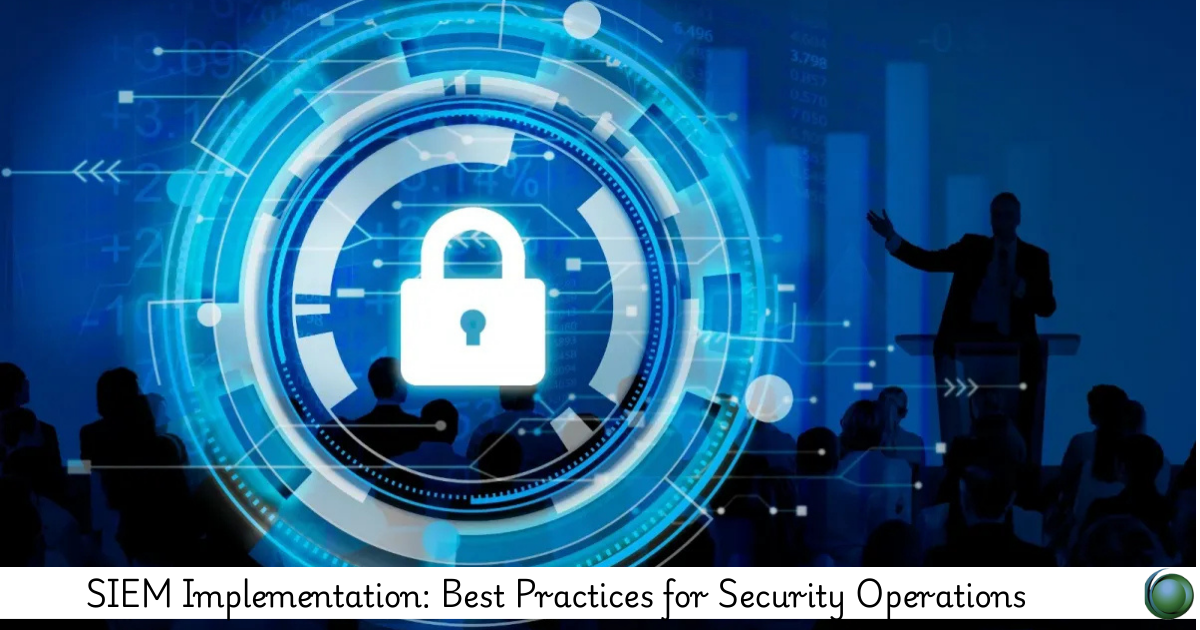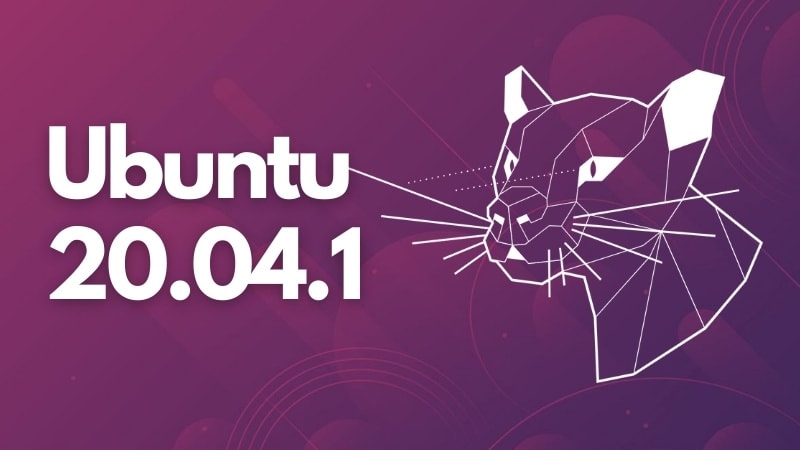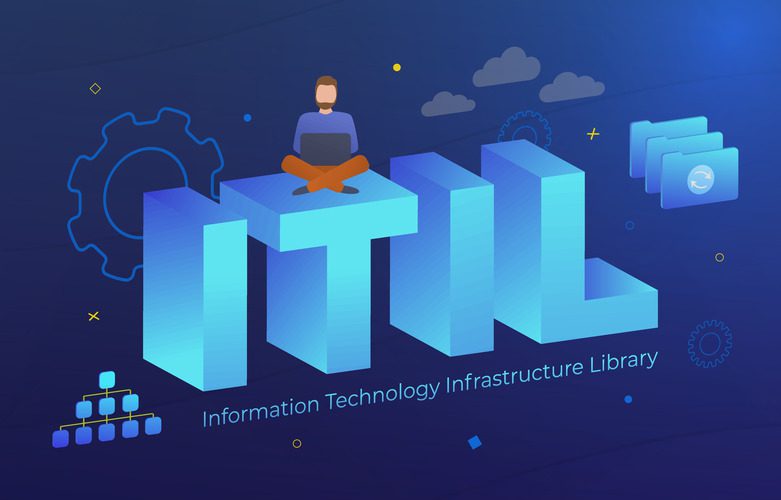Description
Introduction of SIEM Integration
The integration of Security Information and Event Management (SIEM) systems with Security Operations Centers (SOC) is a crucial step in enhancing an organization’s cybersecurity posture. SIEM solutions provide real-time monitoring and advanced analytics, while SOCs focus on proactive threat hunting and incident response. By combining these capabilities, organizations can build a more effective defense mechanism against evolving cyber threats.
Prerequisites of SIEM Integration
- Basic understanding of SIEM concepts and tools.
- Familiarity with SOC operations, threat detection, and incident response.
- Knowledge of cybersecurity frameworks and best practices.
Table of Contents
1. Introduction to SIEM Integration and SOC
1.1 What is SIEM? Overview and Key Functions
1.2 Understanding the Role of SOC in Cybersecurity
1.3 The Need for Integrating SIEM with SOC
2. Benefits of SIEM-SOC Integration
2.1 Real-Time Threat Detection and Incident Response
2.2 Enhanced Visibility Across the Entire IT Infrastructure
2.3 Improved Incident Management and Coordination
2.4 Streamlined Compliance Reporting and Auditing
3. Key Integration Components and Technologies with SIEM Integration
3.1 Data Flow Between SIEM and SOC: Collecting, Parsing, and Correlating Logs
3.2 Automating Incident Response and Workflow Management
3.3 Using Threat Intelligence Feeds
3.4 Integrating Endpoint Detection and Response (EDR) with SIEM and SOC
4. Designing an Effective SIEM-SOC Architecture
4.1 Best Practices for Integrating SIEM with SOC Infrastructure
4.2 Scaling SIEM and SOC to Meet Enterprise Needs
4.3 Building a Unified Security Monitoring and Response System
5. Workflow Automation in SIEM and SOC Integration
5.1 Automating Threat Detection and Incident Escalation
5.2 Using SIEM to Trigger SOC Response Actions
5.3 Incident Handling and Remediation Workflow Automation
6. Advanced Analytics and Threat Hunting in SIEM Integration
6.1 Leveraging SIEM for Threat Hunting and Behavior Analysis
6.2 Machine Learning and AI-Driven Threat Detection in SOCs
6.3 Correlating Threat Data for Proactive Threat Hunting
7. Collaboration Between SIEM Integration and SOC Teams
7.1 Building Effective Communication Channels Between SOC and SIEM Teams
7.2 Improving Incident Response Time with Seamless Collaboration
7.3 Roles and Responsibilities (Ref: Hands-On SIEM: Practical Labs for Security Analysts)
8. Compliance and Reporting on SIEM Integration
8.1 Meeting Compliance Standards with SIEM
8.2 Streamlining Security Audits and Regulatory Reporting
8.3 Maintaining Security and Privacy in Sensitive Data Environments
9. Challenges in SIEM Integration
9.1 Overcoming Data Overload and False Positives
9.2 Addressing Integration Complexity and Cost
9.3 Ensuring Data Integrity and Consistency Across Systems
10. Future of SIEM Integration
10.1 Emerging Technologies in SIEM-SOC Integration
10.2 The Role of Cloud-Based SIEM and SOC Solutions
10.3 Preparing for the Future of Cyber Threats: Automation and AI
Integrating SIEM with SOC is a powerful strategy for organizations looking to enhance their cybersecurity posture. By combining the real-time monitoring and advanced analytics of SIEM with the proactive threat hunting and incident management capabilities of a SOC, organizations can detect, respond to, and mitigate cyber threats more efficiently. The integration leads to improved incident response times, more effective use of security data, and streamlined compliance efforts. However, successful integration requires overcoming challenges related to data management, automation, and team collaboration. As the threat landscape continues to evolve, this will remain a critical component of any robust cybersecurity strategy.







Reviews
There are no reviews yet.